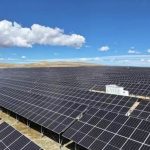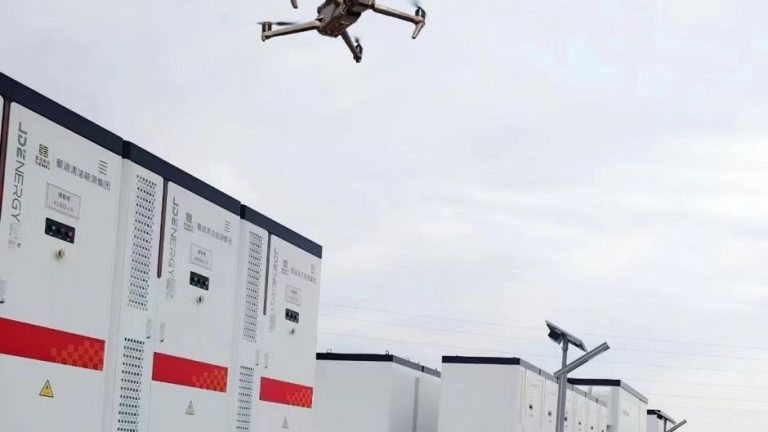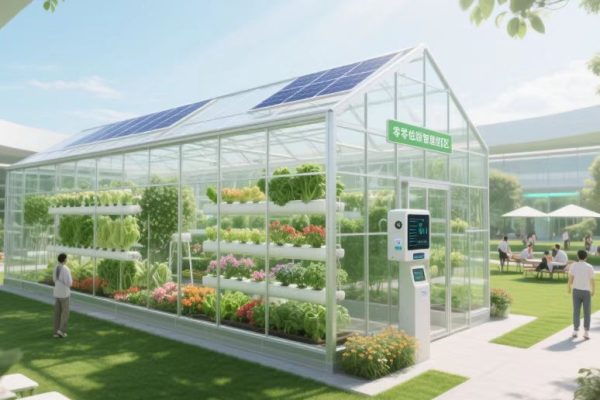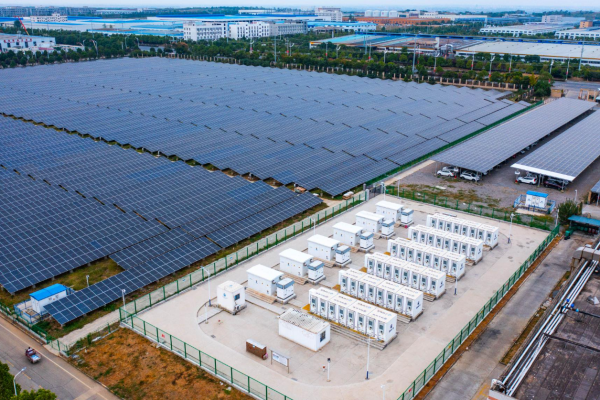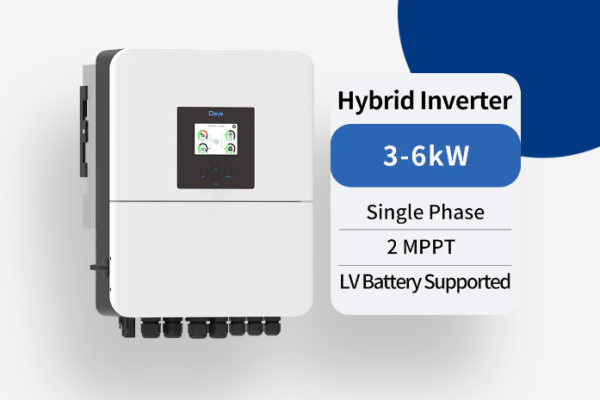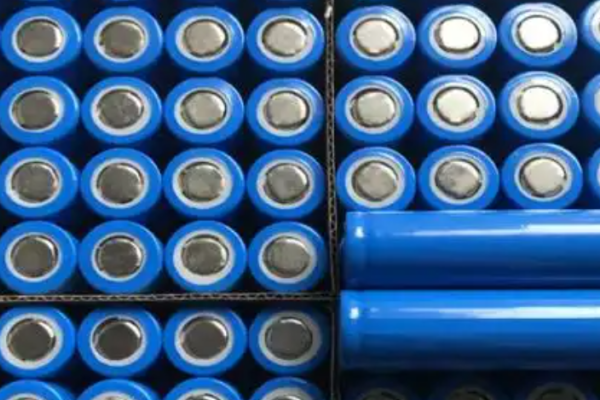When small commercial solar projects—such as offices, retail centers, schools, and light industrial sites—plan to add storage or expand their PV capacity, the inverter choice becomes critical. For these projects, multi-phase inverters often provide the right balance between flexibility, efficiency, and scalability.
This article explores what multi-phase inverters are, why they matter in small commercial applications, and how system designers can maximize their benefits.
1. What Are Multi-Phase Inverters?
A multi-phase inverter converts DC power from solar panels or batteries into AC power with three or more phases, rather than a single-phase or split-phase design.
- Single-phase → common in residential use.
- Three-phase → common in commercial/industrial sites, where loads such as HVAC, elevators, pumps, and motors require balanced power.
- Multi-phase inverters → often refers to three-phase inverters, but in some contexts can also mean parallelized inverters configured for balanced output across multiple phases.
2. Why Small Commercial Projects Need Multi-Phase Inverters
a) Load Balancing
Commercial sites often have motors, compressors, and other inductive loads. Three-phase supply keeps loads balanced, preventing overheating and inefficiency.
b) Higher Power Handling
Single-phase inverters are typically capped at 10–15 kW. Small commercial projects (20–200 kW) need three-phase inverters to handle larger systems.
c) Grid Compliance
Utilities usually require three-phase interconnection for systems above certain sizes. Using a multi-phase inverter ensures compliance and smooth grid integration.
d) Efficiency Gains
Three-phase inverters reduce conversion losses and voltage drops, especially important for medium-size systems spread across larger rooftops or facilities.
3. Applications in Small Commercial Settings
a) Retail Centers and Office Buildings
- Use case: balancing lighting, HVAC, and EV charging loads.
- Inverter role: ensures power quality across different floor levels and tenants.
b) Schools and Universities
- Use case: daytime-heavy loads (lighting, labs, IT).
- Inverter role: integrates PV + storage for peak shaving and backup.
c) Light Industrial Facilities
- Use case: machinery with three-phase motors.
- Inverter role: supports reliable power for production without unbalanced loads.
d) Hotels and Hospitality
- Use case: simultaneous demand from HVAC, kitchens, and guest amenities.
- Inverter role: stable power and improved resilience with integrated storage.
4. Key Features to Look for in Multi-Phase Inverters
- Scalability: Ability to parallel multiple units for future expansion.
- Battery Integration: Hybrid three-phase inverters support both PV and ESS.
- Smart Controls: Integrated EMS for load shifting, demand charge reduction, and backup modes.
- Grid Support Functions: Reactive power control, frequency regulation, and fault ride-through.
- Arc and Fire Safety: Built-in protection for compliance and reduced liability.
5. Deployment Models
a) Single Large Three-Phase Inverter
- Simpler wiring, easier monitoring.
- Suitable for rooftop systems in the 30–100 kW range.
b) Multiple Smaller Three-Phase Inverters
- Offers redundancy: if one fails, the system still runs.
- Easier for modular expansion and partial shading scenarios.
c) Hybrid Three-Phase Inverter with ESS
- Combines solar + storage + grid functions.
- Suitable for projects adding batteries for peak shaving or backup.
6. Challenges and Considerations
- Installation Skills: Requires electricians familiar with three-phase wiring.
- Upfront Cost: More expensive than residential single-phase inverters.
- Sizing Mistakes: Oversizing can lead to under-utilization; undersizing can create bottlenecks.
- Harmonics and Power Quality: Must meet local utility requirements.
7. Practical Tips for Integrators
- Work Backwards from the Load: Identify whether the client’s critical loads are single- or three-phase.
- Plan for Storage Early: If batteries will be added later, select hybrid-ready inverters.
- Standardize Across Projects: Using one or two models streamlines training and support.
- Leverage Monitoring Software: Three-phase inverters generate detailed data—use it to optimize operations.
- Train Clients: Non-technical users need clear explanations of benefits (e.g., balanced motors run longer, fewer outages).
For small commercial projects, multi-phase inverters are not just about higher capacity—they’re about system stability, compliance, and long-term scalability. Whether it’s a retail center balancing HVAC loads, a school aiming for lower bills, or a light industrial site avoiding downtime, the right inverter makes the difference.
By adopting multi-phase inverter strategies early, small commercial clients can ensure their PV + storage investments deliver efficiency, resilience, and future readiness.



